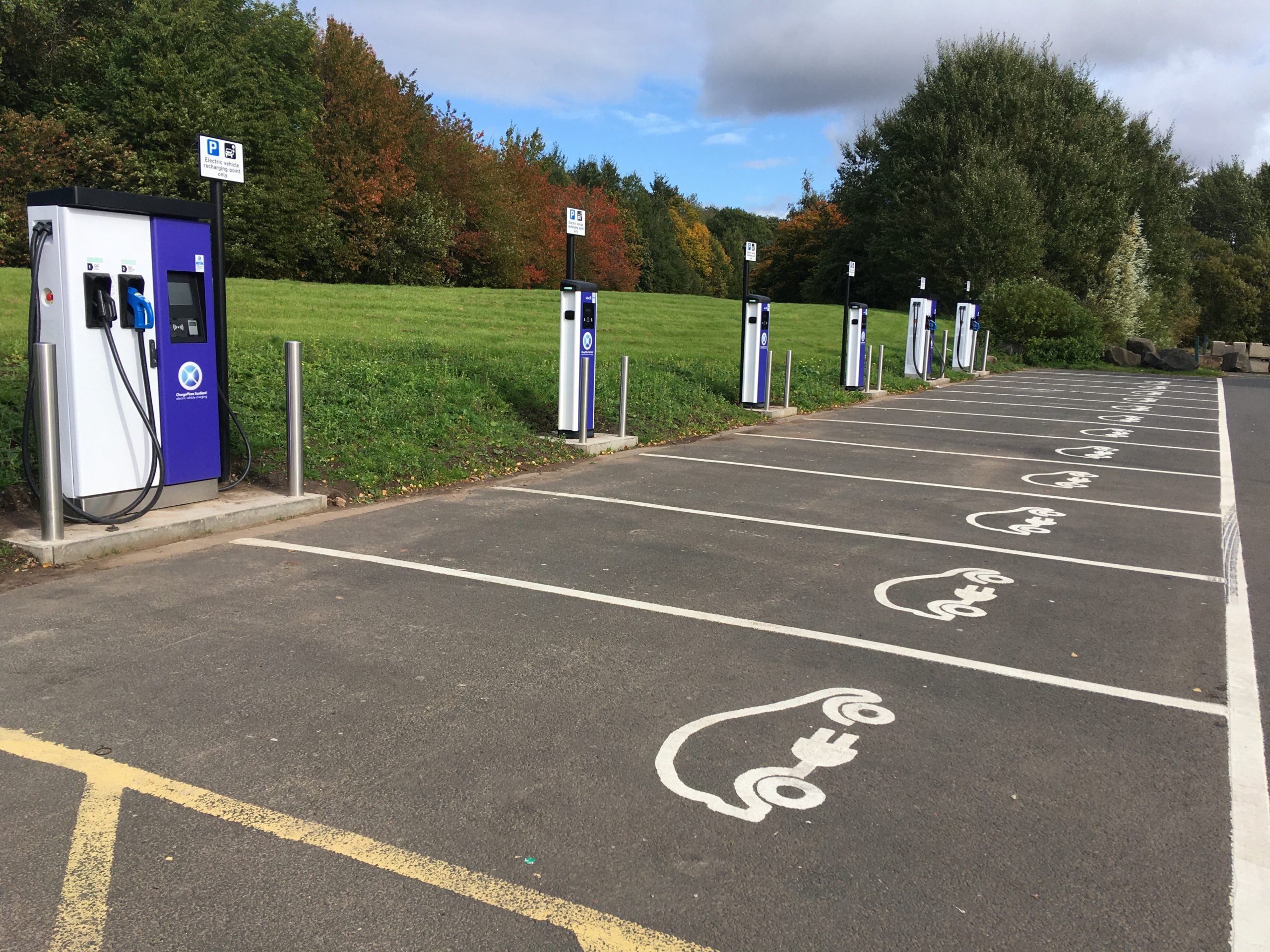Battery cell manufacturing requires more funding to reach net zero targets

As part of their World Energy Outlook, S&P Global, an International Energy Agency, says that additional funding is required to help reduce emission by increasing the use of battery powered vehicles.
Data shown in the report suggested that by 2030, over 50% of passenger cars sold in the NZE2050 will be electric compared to 2.5% that was sold in 2019. The number of electric cars is also expected to rise to 25 million in 2025 and more than 50 million come 2030.
To help reduce the impact of climate change and meet the net-zero carbon emissions target by 2050, more investment is required to increase battery production and to double the anticipated rise in demand for electric vehicles.
Looking at the potential scenario for 2050, which forms part of the broader report, changes to road traffic vehicles, alongside aviation and shipping, will results in emissions falling by 0.7 Gt, while a further 1.6 Gt reduction across transport is also expected if behavioural changes are also made.
Helping countries to “build back better” following the global pandemic, local supply chains have risen to the top of government agendas, with a particular focus on reducing our global carbon footprint.
CO2 emissions aren’t limited to vehicles. As outlined in The Report https://www.challenge2025.eu/thereport/, petrol-powered gardening equipment can be more polluting than the average car. With alternatives from brands such as EGO, who only manufacture battery-powered gardening equipment, you can make an immediate difference by joining the battery-powered revolution.